Green tea naturally contains polyphenols which act as powerful antioxidants in the body.
Some of the most interesting of which are flavonoids, catechins and EGCg (Epigallocatechin Gallate).
Green tea is also the main source of the soothing amino acid L-Theanine now known to provide the
mind calming effects that monks cherish in matcha tea.
Finally green tea can contain a high level of the blood building and cleansing chemical chlorophyll.
In my last article (here) I talked about how important it is to choose a well produced medicinal quality green tea. This article will delve into how you can enjoy green tea as a part of your everyday routine - because believe me - if you want to live a long and healthy life, green tea has got to be a part it!
So ... as we saw in my last article ... green tea is a happy medium of amazing health benefits and gentle flavour.
But how do we utilize green tea in everyday life? Of course enjoying a cup or two of green tea every day is a simple option ... but that can get a bit boring after a while - especially in the summer time! You can find green tea capsules at your local health food store, but these are typically just EGCg concentrates, preventing you from enjoying all the other whole food benefits of green tea. Personally, I like to get my nutrients from whole foods whenever possible, so matcha tea is my go-to for green benefits.
I've found a few fun recipes over my years of drinking and eating green tea that I'd like to share with you. Full disclosure - I used to work for DoMatcha Tea - so I've utilized their recipe page (https://domatcha.com/pages/recipes) for most of my recipe shares here - they're just really good!
Traditional Hot Matcha Recipe:
Quick, simple and full of flavour! You don't need fancy equipment, but the traditional equipment (bowl, scoop & whisk) help create a meditative experience that is worth investing in.
Place 1 tsp matcha powder into a matcha bowl with your matcha scoop.
Add 30-60ml of pre-boiled water to the powder.
Using a bamboo tea whisk, briskly whisk until froth forms on top.
Add additional water to create the tea strength you most enjoy.
Using a traditional bamboo whisk:
Whisk in a quick, light zig-zag or "W" motion until a thick layer of green froth appears on the surface of your tea.
Hint: The ideal water temperature for Matcha Tea is 80 C / 176 F
If you don't have a whisk you can use a fork. In this case - use just a small amount of water to create a lump-free paste. Then add additional water to create the tea strength you most enjoy.
Matcha Lemonade:
Start with your favourite lemonade, or make your own.
Make your matcha paste (1tsp of ceremonial matcha green tea with a bit of water)
Add 1 cup of lemonade to your paste.
Add ice and a slice or two of lemon - and voila! A gorgeous green lemonade.
Variation 1:
use a sparkling lemonade for a decadent summer drink!
Variation 2:
add some mint leaves for a mojito-like treat!
Hint: You can actually create an alcoholic version of this recipe. Adding the matcha powder reduces the acidity of the alcohol, and prevents some of the more ... unintended side effects of alcohol.
Hint: Since I like to enjoy my lemonade while relaxing I choose to use a ceremonial grade matcha powder for my lemonade which contains higher levels of L-Theanine. Ceremonial grade matcha also has a slightly smoother flavour that melds beautifully with lemonade.
Matcha-tini (By DoMatcha):
1 oz Vodka
1 oz Cognac
1 oz Crème de Cacao
¾ tsp Ceremonial Matcha
Ice cubes
1-2 oz of water
Powdered chocolate (optional)
Garnish:
1 Bay leaf or
Lime
Directions:
- In a separate glass mix 3/4tsp matcha powder with the water to make a paste.
- Add ice to your cocktail shaker.
- Add the Vodka, Cognac and Crème de Cacao to cocktail shaker.
- Add your match & water paste to the cocktail shaker.
- Quickly swirl the cocktail shaker until the outside becomes icy and cold and the matcha is blended properly.
- Dip your favourite martini glass rim into the powdered chocolate.
- Strain your drink into the chocolate encrushed glass.
- Add a bay leaf or garnish with a lime for colour.
- Relax and Enjoy!
DoMatcha's Tea & Spice Matcha:
This is my personal favourite way to indulge in a hot matcha drink.
serves two
Ingredients:
16 ounces vanilla almond or coconut milk
(personally I LOVE vanilla coconut milk with my matcha!)
1-2 cardamom pods
1/8 teaspoon peppercorns
1/4 cinnamon stick
3 whole cloves
1/8 inch slice of fresh ginger
1/4 teaspoon dried fennel seeds
Directions:
Bring the milk and spices to a boil.
Boil for 5 minutes, then reduce heat and simmer for 10 minutes.
Strain your chai into a blender and let the mixture cool down for a few minutes.
Add 1 teaspoon of Summer Harvest Matcha powder and blend.
Hint: Use a Second/Summer Harvest matcha for blended drinks like this one. It's easier on the pocket book, and the flavour benefits of a ceremonial grade are lost on blended drinks such as this.
Chai Matcha Pudding:
Here's an easy recipe from www.alyshoom.com that'll get you thinking about all the ways you could be incorporating matcha green tea into everything you eat!
Ingredients:
1 cup unsweetened almond milk
1/4 cup chia seeds
5 pitted Medjool dates, to taste
1.5 -2 tsp Matcha powder
1/2 teaspoon pure vanilla extract, to taste
pinch fine grain sea salt or pink Himalayan sea salt
Directions:
1. Add all ingredients to the blender
2. Blend on the highest speed until super smooth, chill in the fridge where it will thicken up even more. Chill at least 3 hours.
Kick start your metabolism in the morning with a morning weight loss sundae! Check out Dr. Oz's site for the how to video here.
HumMatcha:
½ cup tahini
½ cup water
½ cup extra virgin olive oil (light flavour)
⅓ cup fresh organic lemon juice
3 organic garlic cloves
11/2 teaspoon Himalayan salt (fine grind)
2 teaspoons DōMatcha® Summer Harvest Matcha Tea Powder
Put all ingredients into a food processor and blend until smooth and creamy.
Serve with fresh cut vegetables or your favorite crackers.
Enjoy!
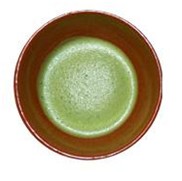
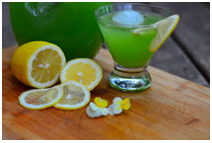

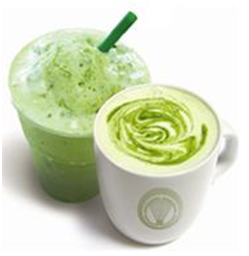

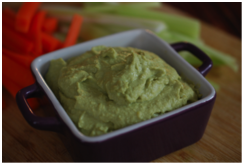
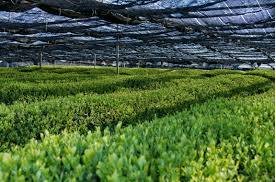
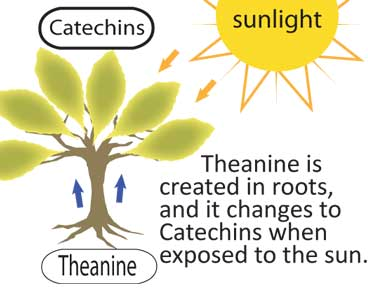
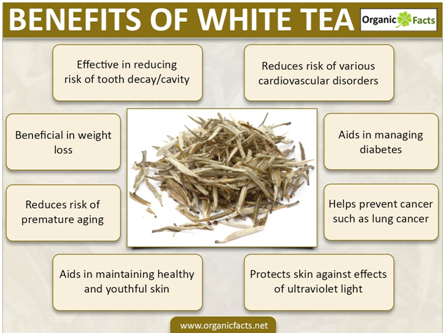
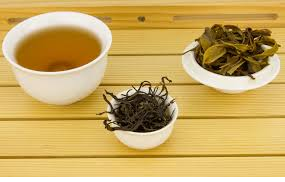

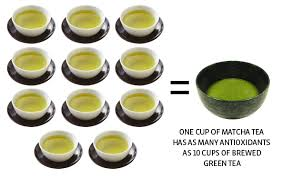
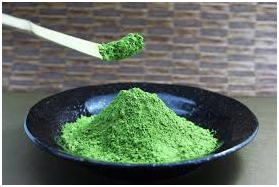
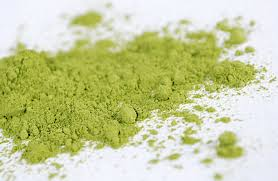

 RSS Feed
RSS Feed
